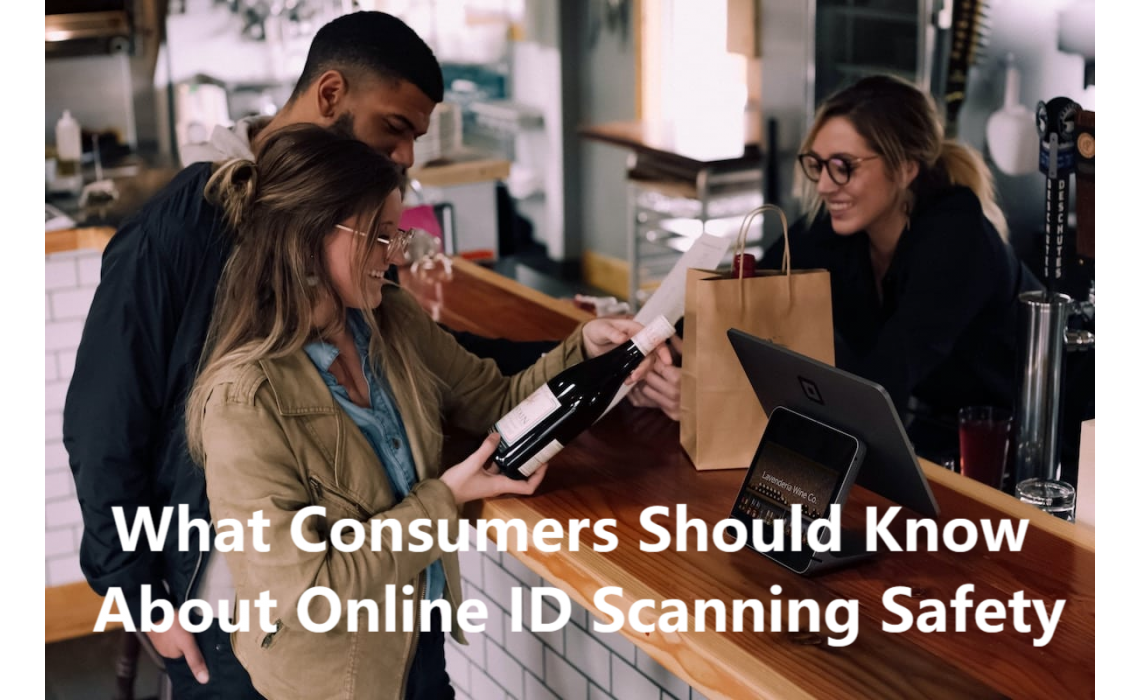What Consumers Should Know About Online ID Scanning Safety
What Consumers Should Know About Online ID Scanning Safety
In today's digital-first world, verifying your identity online has become a common part of everyday life. From signing up for financial services to renting a car or even opening a social media account, more and more platforms now require ID scanning as a part of their security protocols. While this process is convenient, it also raises serious questions about privacy, data security, and consumer protection.
Here’s what every consumer should know before uploading their government-issued ID to a website or app.
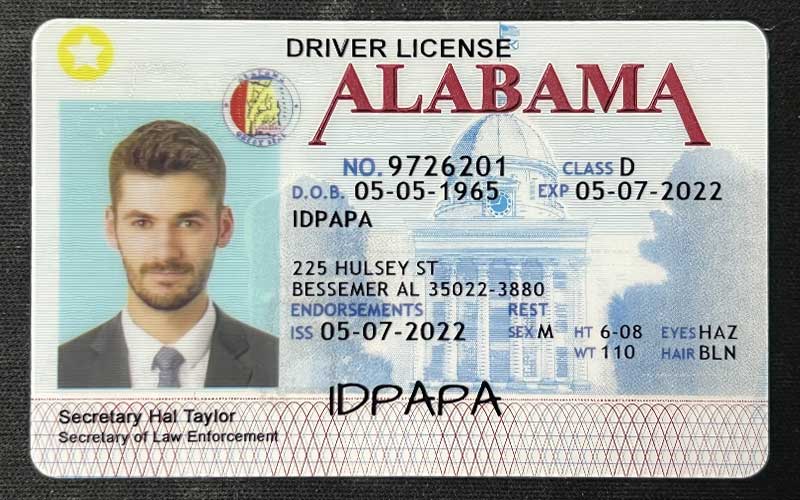
1. Why Companies Ask for ID Scans
Businesses use online ID scanning to:
●Verify your identity
●Prevent fraud and impersonation
●Comply with legal regulations (such as KYC – Know Your Customer and AML – Anti-Money Laundering laws)
●Ensure age verification, especially for services restricted to adults
ID scanning helps platforms build trust, like IDPAPA, but consumers must know where their data is going.
2. Understand What Information Is Collected
When you scan your ID, you're sharing more than just your name. You’re likely handing over:
●Full legal name
●Date of birth
●Home address
●Nationality or citizenship
●ID number (e.g., passport or driver's license number)
●A high-resolution photo of your face
Some systems even extract biometric data, such as facial recognition features, to match your selfie with your ID. This means your data is more sensitive—and potentially more vulnerable.
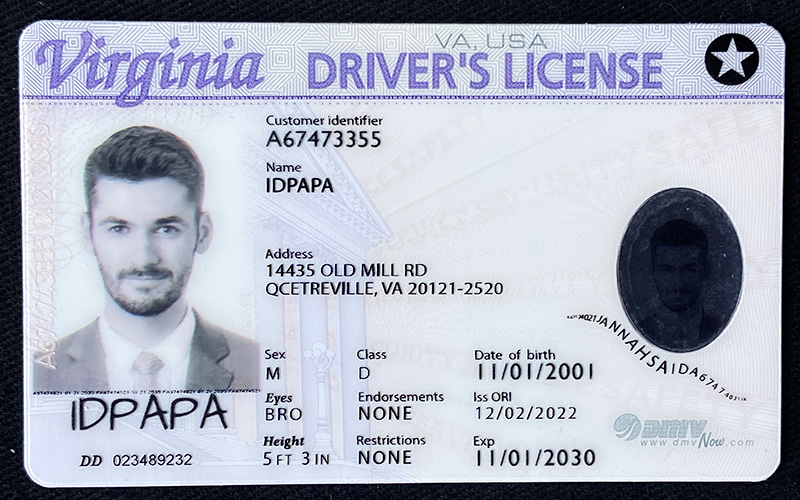
3. Choose Trusted Platforms Only
Before submitting your ID to any platform:
✅ Check if the website is secure (https)
✅ Look for clear privacy policies explaining how your data is stored and used
✅ Research the company’s reputation and history of data breaches
✅ Make sure the company complies with local and international data protection laws (such as GDPR, CCPA, or HIPAA)
If anything seems shady or unclear—don’t proceed.
4. Know Your Rights
As a consumer, you have a right to:
●Know how your data will be used
●Opt out (though this may limit your access to the service)
●Request access or deletion of your data
●Be informed if a breach or misuse occurs
Always read the fine print in privacy policies and terms of service. Some services allow you to verify your ID once and then delete it—others may keep it indefinitely.
5. Watch Out for Scams
Cybercriminals often create fake websites or apps that mimic legitimate services to trick users into uploading their IDs.
To protect yourself:
![]() Never scan your ID unless you're 100% sure of the platform’s authenticity
Never scan your ID unless you're 100% sure of the platform’s authenticity
![]() Avoid sharing your ID through email or messaging apps unless necessary
Avoid sharing your ID through email or messaging apps unless necessary
![]() Use official websites or apps downloaded from trusted stores
Use official websites or apps downloaded from trusted stores
![]() Be cautious of urgent messages that demand ID uploads—they’re often phishing scams
Be cautious of urgent messages that demand ID uploads—they’re often phishing scams
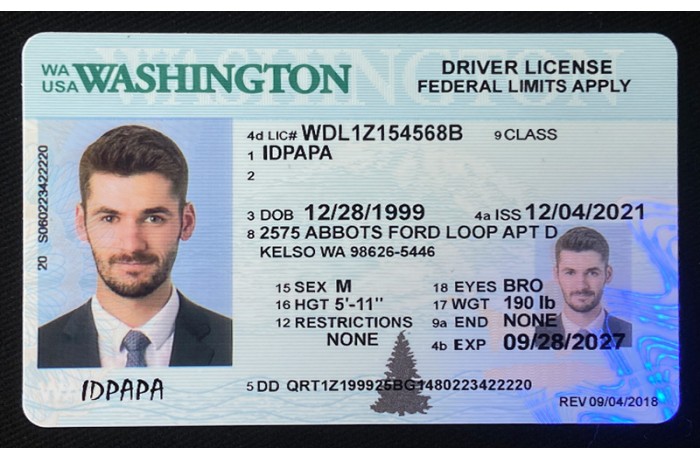
6. Consider Alternatives
Some services offer alternatives like:
●Bank account linking for verification
●Document number input without image upload
●Third-party identity verification using tokens or government APIs
Always explore if there’s a less invasive method to prove your identity.
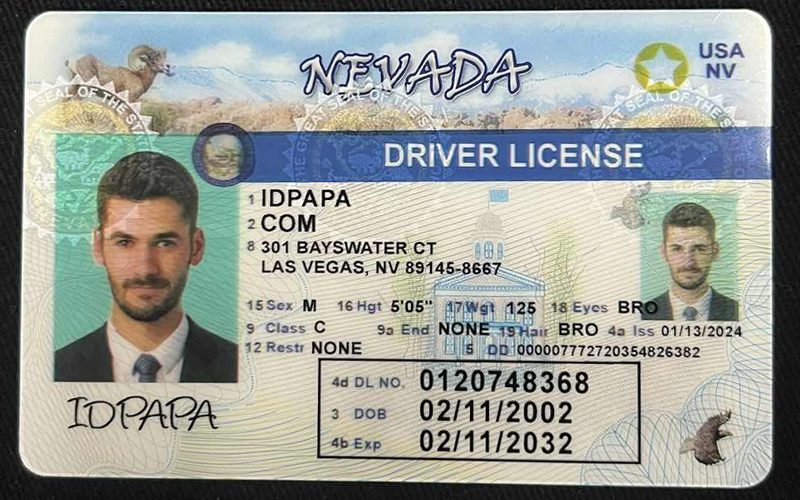
Final Thoughts
ID scanning can be a useful tool for protecting consumers and businesses alike—but only when handled responsibly. Before uploading your identification to any online platform, take the time to verify its legitimacy, understand its privacy practices, and stay aware of your rights.
Your identity is one of your most valuable assets—treat it like it you can Visit IDPapa for more information.

